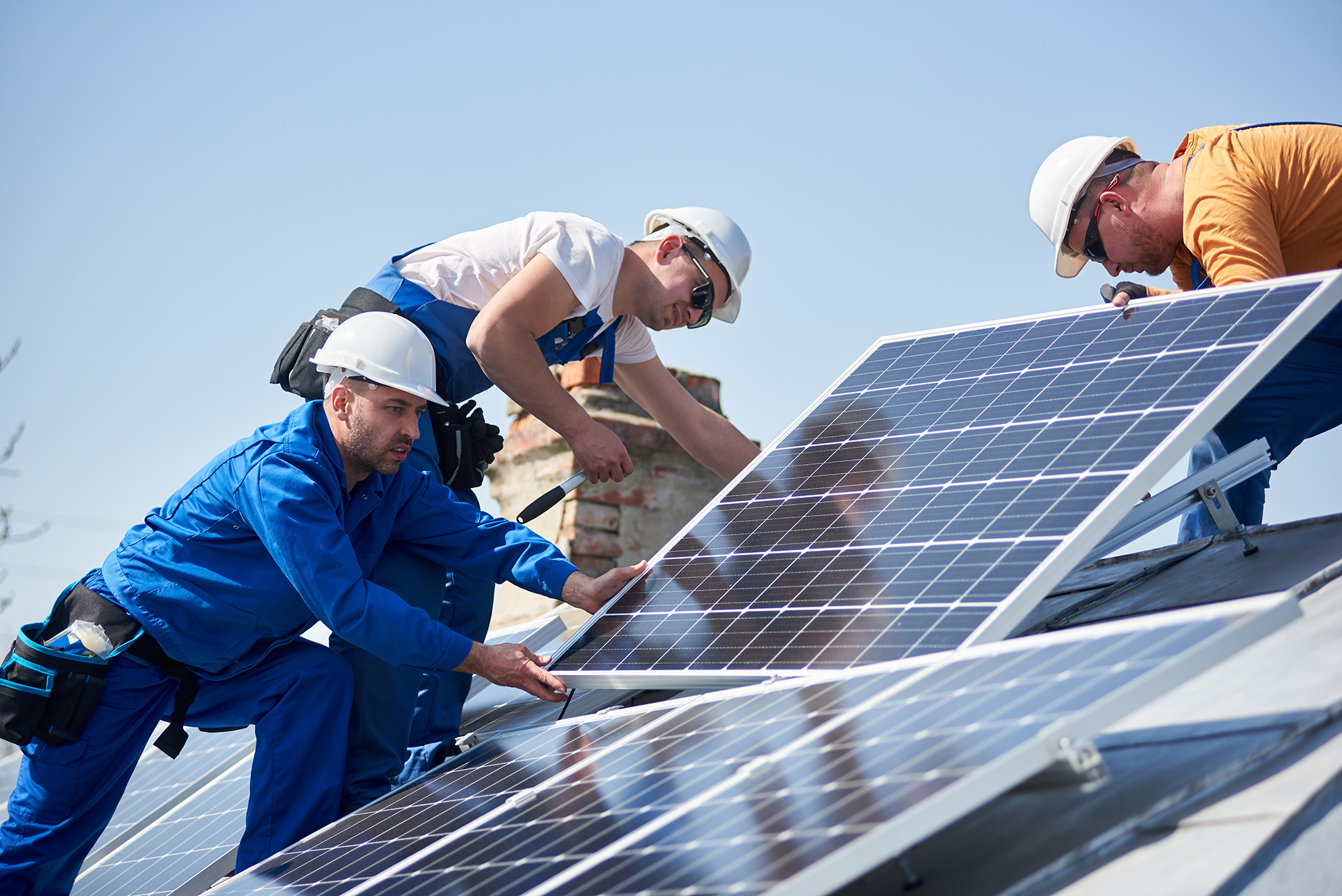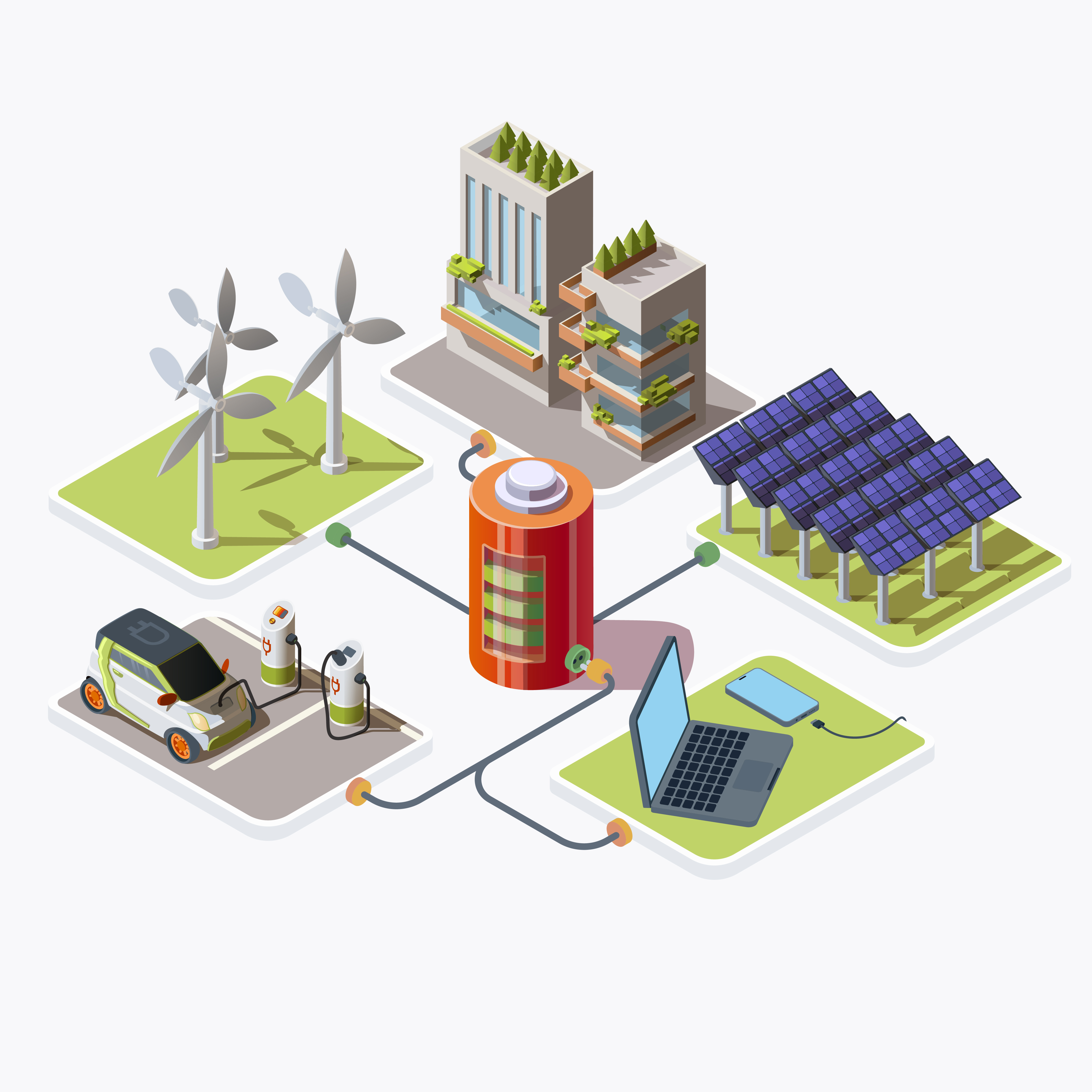Table of Contents
ToggleIntroduction
Electric vehicle chargers are the backbone of the EV ecosystem, providing the necessary infrastructure to power these vehicles. There are several types of EV chargers available, each offering different charging speeds and capabilities. Electric vehicles (EVs) have gained significant popularity in recent years due to their environmental benefits and cost savings over traditional gasoline-powered vehicles. As the demand for EVs continues to rise, the need for reliable and efficient charging infrastructure becomes paramount. In this comprehensive guide, we’ll explore everything you need to know about the best EV chargers on the market, from the basics of charging technology to considerations for installation and maintenance.
Overview of Different Types of EV Chargers
EV chargers can be broadly categorized into three main types: Level 1, Level 2, and DC fast chargers. Level 1 chargers use a standard household outlet and offer the slowest charging speeds, while Level 2 chargers provide faster charging through a dedicated charging station. DC fast chargers, on the other hand, are capable of delivering rapid charging speeds and are commonly found at public charging stations.
When selecting an EV charger, there are several factors to consider, including charging speed, compatibility with your vehicle, smart features, energy efficiency, and safety considerations. Understanding these factors will help you make an informed decision that meets your specific needs. Level 1 charging, also known as trickle charging, utilizes a standard household outlet with a 120-volt power supply. While Level 1 chargers are the slowest option, they are convenient for overnight charging at home and require no additional installation costs.
Level 2 chargers operate at 240 volts and offer faster charging speeds compared to Level 1 chargers. These chargers are ideal for residential and commercial applications, providing a convenient way to charge your EV in a shorter amount of time. DC fast chargers are capable of delivering high-powered DC electricity directly to the vehicle’s battery, significantly reducing charging times. These chargers are essential for long-distance travel and are commonly found along highways and major routes.
Understanding the charging speeds of different charger types is essential for planning your charging needs effectively. While Level 1 chargers offer the slowest speeds, Level 2 chargers provide moderate charging rates, and DC fast chargers offer the fastest charging times. Not all EV chargers are compatible with every EV model. It’s essential to ensure that the charger you choose is compatible with your vehicle’s charging port and battery specifications to avoid compatibility issues.
Understanding Charging Connectors and Standards
EV chargers utilize different types of connectors and standards depending on the region and manufacturer. Common connector types include SAE J1772, CCS Combo, CHAdeMO, and Tesla’s proprietary connector. Understanding these standards will help you choose the right charger for your vehicle. Smart charging features, such as Wi-Fi connectivity and mobile app integration, allow users to monitor and control their charging sessions remotely. These features can help optimize charging schedules, track energy usage, and provide real-time notifications for charging status updates.
Energy efficiency is an essential consideration when choosing an EV charger, as it directly impacts operating costs and environmental sustainability. Look for chargers with high efficiency ratings and features such as power factor correction to minimize energy waste. Safety should always be a top priority when installing and using EV chargers. Ensure that the charger is installed by a qualified electrician and complies with local building codes and regulations. Additionally, follow manufacturer guidelines for safe charging practices to prevent accidents and damage to the vehicle or charger.
Evaluating Charging Infrastructure at Home
Before installing an EV charger at home, it’s essential to assess your existing electrical infrastructure to determine if it can support the charger’s power requirements. Factors to consider include the capacity of your electrical panel, available circuits, and proximity to the charging location. Installing a residential EV charging station typically requires professional installation to ensure compliance with electrical codes and safety standards. The installation process may involve upgrading electrical wiring, installing a dedicated circuit, and mounting the charging station in a suitable location.
The cost of installing a home charging station can vary depending on factors such as equipment costs, installation fees, and any necessary electrical upgrades. While upfront costs may be higher for Level 2 chargers and installation, long-term savings on fuel and maintenance can offset the initial investment. Public charging networks provide additional charging options for EV owners who may not have access to home charging facilities or need to charge while away from home. These networks consist of charging stations located in public areas such as shopping centers, parking lots, and highway rest stops.
Types of Public Charging Stations: Level 2 vs. DC Fast Charging
Public charging stations offer different charging speeds and connector types to accommodate various EV models. Level 2 charging stations are more common and suitable for shorter charging sessions, while DC fast chargers are designed for rapid charging and long-distance travel. Public charging stations typically offer several payment options, including pay-per-use, subscription-based plans, and membership programs. Pricing structures may vary depending on factors such as charging duration, energy consumption, and membership status. Many public charging networks offer mobile apps that allow users to locate nearby charging stations, check availability, and initiate charging sessions remotely. These apps often provide real-time status updates, payment processing, and user reviews to enhance the charging experience.
Long-distance travel with an EV requires careful planning to ensure access to charging infrastructure along the route. Utilize online trip planners and mobile apps to identify charging stations, estimate charging times, and optimize your itinerary for a smooth travel experience.
Understanding Charging Curves and Battery Health
Charging curves depict how an EV battery’s charging rate varies over time and can provide valuable insights into battery health and performance. Monitoring charging curves can help optimize charging strategies to extend battery life and maintain overall efficiency. Smart charging features allow users to schedule charging sessions during off-peak hours when electricity rates are lower, reducing overall charging costs and minimizing strain on the electrical grid. Additionally, scheduling charging sessions during periods of optimal temperature can improve charging efficiency and battery longevity.
Several factors can influence charging speed, including ambient temperature, battery state of charge, and charging infrastructure limitations. Understanding these factors and their impact on charging performance can help optimize charging strategies for maximum efficiency. The location of an EV charger can significantly impact charging times and accessibility for EV owners. Placing chargers in high-traffic areas with ample parking and amenities can encourage EV adoption and support sustainable transportation initiatives.
Integrating Renewable Energy Sources With EV Charging
Integrating renewable energy sources, such as solar and wind power, with EV charging infrastructure can further reduce carbon emissions and dependence on fossil fuels. By generating clean energy on-site, EV owners can charge their vehicles using sustainable and environmentally friendly power sources. Vehicle-to-grid (V2G) technology enables bidirectional energy flow between EV batteries and the electrical grid, allowing vehicles to serve as mobile energy storage units. V2G technology can help stabilize the grid, support renewable energy integration, and provide backup power during emergencies.
Wireless charging technology eliminates the need for physical cables and connectors, allowing EVs to charge through electromagnetic induction. While wireless charging is still in the early stages of adoption, ongoing research and development efforts aim to improve efficiency, convenience, and compatibility with existing EV models. Bidirectional charging enables EVs to discharge stored energy back to the grid or power other devices, making them valuable assets in energy management and grid stabilization. Applications of bidirectional charging include peak shaving, demand response, and emergency power backup.
How to Troubleshoot Common Charging Issues
Despite advancements in EV charging technology, users may encounter occasional issues such as charging interruptions, connector malfunctions, or communication errors. Knowing how to troubleshoot common charging issues can help minimize downtime and ensure a reliable charging experience.Regular maintenance is essential to ensure the optimal performance and longevity of EV chargers. Basic maintenance tasks may include cleaning charging connectors, inspecting cables for wear and tear, and updating firmware to address security vulnerabilities and performance enhancements.
Regulatory requirements for EV charger installations vary by region and jurisdiction and may include building permits, electrical codes, and safety standards. It’s essential to consult with local authorities and obtain necessary approvals before installing an EV charging station to ensure compliance with relevant regulations. EV charging infrastructure plays a crucial role in reducing greenhouse gas emissions and mitigating the environmental impacts of transportation. By transitioning to electric vehicles and powering them with clean energy sources, we can significantly reduce air pollution and combat climate change. Many governments, utilities, and organizations offer incentives and rebates to encourage the adoption of EVs and the installation of charging infrastructure. These incentives may include tax credits, grants, discounted electricity rates, or free charging station installations to offset upfront costs and accelerate EV deployment.
Evaluating the Warranty and Support Options for EV Chargers
When purchasing an EV charger, it’s essential to consider the warranty coverage and support options provided by the manufacturer. A comprehensive warranty can offer peace of mind and protection against unexpected repairs or defects, while responsive customer support ensures timely assistance and troubleshooting. As EV technology continues to advance, existing charging infrastructure may need upgrades to support faster charging speeds and accommodate newer EV models. Upgrading charging stations with higher-powered chargers and improved connectivity can enhance charging capabilities and meet evolving user demands.
Electric vehicles powered by clean energy sources play a crucial role in reducing greenhouse gas emissions and combating climate change. By transitioning to electric transportation and expanding EV charging infrastructure, we can accelerate the shift towards a more sustainable and low-carbon future.
Best Practices for Fleet Electrification and Charging
Fleet electrification offers significant benefits for businesses, including lower operating costs, reduced emissions, and improved environmental sustainability. Implementing best practices for fleet electrification and charging, such as selecting the right charging infrastructure and optimizing charging schedules, can maximize the efficiency and effectiveness of electric fleets.
EV charger security is essential to prevent theft, vandalism, and unauthorized access to charging infrastructure. Implementing security measures such as physical barriers, surveillance cameras, and access controls can deter potential threats and safeguard EV charging stations from harm. Apartment buildings and condominium complexes present unique challenges for EV charging due to limited parking spaces and shared infrastructure. Implementing solutions such as shared charging stations, smart metering, and equitable charging policies can ensure equitable access to charging facilities for residents.
Rural areas often face challenges in deploying EV charging infrastructure, including limited access to electricity, sparse population density, and longer travel distances. Addressing these challenges requires innovative solutions such as community-based charging initiatives, mobile charging services, and incentives for rural EV adoption.
The Importance of Standardized Charging Protocols
Standardized charging protocols, such as CCS, CHAdeMO, and Tesla Supercharger, are essential for interoperability and compatibility among different EV models and charging infrastructure. Adhering to standardized protocols ensures seamless communication and charging interoperability, enhancing the user experience and promoting widespread EV adoption.
Community-based charging initiatives and co-op programs empower local communities to develop and manage their EV charging infrastructure collaboratively. These initiatives can foster community engagement, support sustainable transportation goals, and address specific charging needs and priorities at the grassroots level. Integrating EV chargers with smart home systems enables seamless integration with home automation platforms, energy management systems, and renewable energy sources. By leveraging smart technologies, EV owners can optimize energy usage, reduce electricity costs, and enhance overall system efficiency.
Understanding the economics of EV charging involves evaluating the total cost of ownership, including upfront costs, electricity rates, maintenance expenses, and incentives or rebates. Comparing the cost per mile of driving an EV versus a gasoline-powered vehicle can help consumers make informed decisions based on their budget and driving habits.
Vehicle Charging Profiles and Their Impact on Grid Infrastructure
Vehicle charging profiles refer to the timing and duration of EV charging sessions and can have a significant impact on grid infrastructure and electricity demand patterns. By analyzing charging profiles and implementing demand management strategies, utilities can optimize grid operations, minimize peak demand, and support greater integration of renewable energy sources.
Industry partnerships and collaborations play a vital role in advancing EV charging technology, infrastructure deployment, and market adoption. By fostering collaboration among automakers, utilities, charging equipment manufacturers, and government agencies, we can accelerate innovation, overcome barriers, and drive the widespread adoption of electric transportation.
Conclusion
As the global transition to electric transportation accelerates, EV charging infrastructure will play an increasingly critical role in supporting widespread EV adoption and reducing greenhouse gas emissions. By investing in innovative charging solutions, expanding charging networks, and promoting collaboration and partnerships, we can create a cleaner, more sustainable future for transportation.
FAQs
What are the different types of EV chargers, and how do they differ in terms of charging speed?
EV chargers are categorized into three main types: Level 1, Level 2, and DC fast chargers. Level 1 chargers utilize a standard household outlet and offer the slowest charging speeds, while Level 2 chargers provide faster charging through a dedicated station. DC fast chargers offer rapid charging for long-distance travel.
What factors should I consider when choosing an EV charger for my vehicle?
Several factors should be considered, including charging speed, compatibility with your vehicle, smart features, energy efficiency, safety considerations, and cost. Understanding these factors will help you select the charger that best meets your needs and preferences.
How can I ensure the safety of EV charger installation and usage?
Safety is paramount when installing and using EV chargers. It’s essential to have the charger installed by a qualified electrician following local building codes and regulations. Additionally, users should follow manufacturer guidelines for safe charging practices to prevent accidents and damage.
What are some common issues I may encounter with EV chargers, and how can I troubleshoot them?
Common issues with EV chargers include charging interruptions, connector malfunctions, and communication errors. Troubleshooting steps may include checking the power supply, inspecting cables for damage, resetting the charger, or contacting customer support for assistance.
How can I take advantage of incentives and rebates for EV chargers?
Many governments, utilities, and organizations offer incentives and rebates to encourage the adoption of EVs and the installation of charging infrastructure. These incentives may include tax credits, grants, discounted electricity rates, or free charging station installations. Researching available programs and eligibility requirements can help you maximize savings on your EV charging investment.







